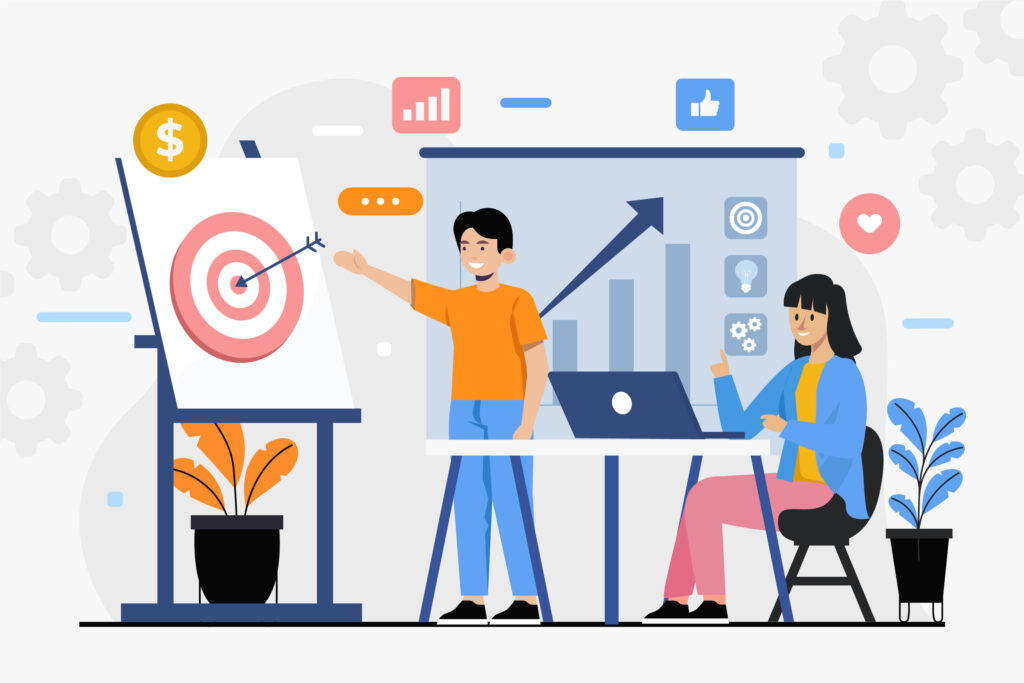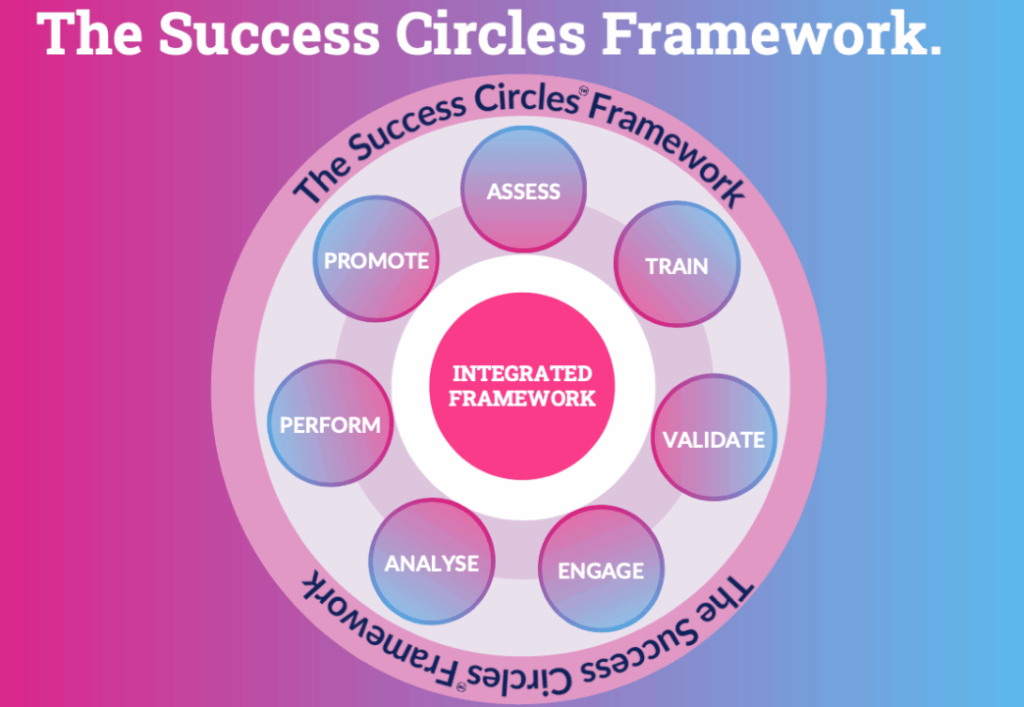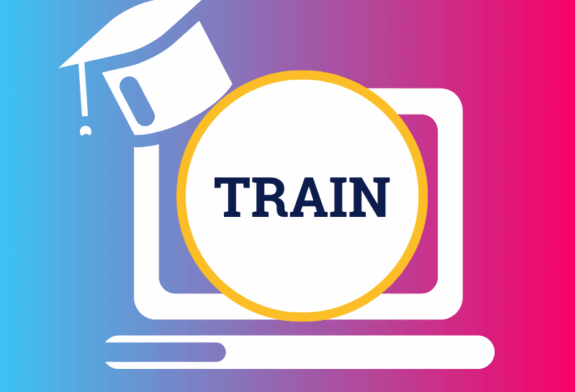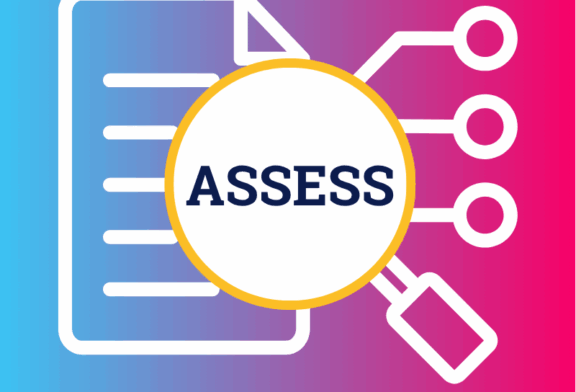
In 2024, a Gallup study revealed some straddling numbers. That year, businesses around the world lost a staggering $438 billion to disengaged (read: unproductive) employees. Had the workforce been fully engaged, the economy would have gained 9.6 trillion dollars, taking the global GDP up by 9%. It has been established: a productive workforce can make or break an organisation.
The question arises, who is a truly productive employee? Is it someone putting in the longest hours, or the one never budging from their desk?
A simple way to define productivity for employees is to gauge how efficient each of your workers is. Let’s take a deeper look at what it entails, factors that affect it, and how you can boost employee productivity.
What is Employee Productivity?
Employee productivity is a measure of how quickly and efficiently a worker, as an individual and a group (in which case it will be called workforce productivity), completes a given task within the specified timeframe.
This makes employee productivity a major indicator of the efficiency and success of a workplace. It is also a KPI for many, taking stock of output against time, efforts, and resources consumed.
Factors that come into play when influencing employee productivity at the workplace are:
- Time management by the workers
- The workers’ skill and competence levels
- Leadership faced by the organisation
- The work environment
- Whether the employees feel engaged and motivated
- Technology used and tools available
- Established channels of communication
Productivity vs. Performance
These are two hallmarks of an efficient worker working towards achieving organisational and career goals.
In an organisation, employee productivity meaning is not just limited to what they can achieve; it also accounts for factors like:
- Total output of an employee
- Labor productivity
- Capital efficiency
- Profits made per employee, and
- Return on investment (ROI) of the workforce
Further, employee or worker productivity tracks:
- The number of working hours
- The volume of products produced
- Type and volume of services delivered
- Per unit of resources used
The other factor that comes into play alongside workplace productivity is performance, which measures how effective the production process and the employee is. Further, when accounting for the performance of employees at the workplace, the following are taken into consideration:
- Time taken to make one unit of a product
- Quality of the output (product/service)
- Cost per unit
- Client satisfaction
Here is an overview of both at a glance.
| Employee Productivity | Employee Performance | |
| Focus Areas | Quantity of work done | Quality of work done |
| Metrics Used | Units per hour, tasks completed, time spent | Accuracy, innovation, adherence to goals |
| Tools Used | Time-tracking tools | Performance review tools |
| Influenced By | Tools available, workflow efficiency, and time management | Skill level, motivation, attitude, and collaboration between workers |
| Goal | Max output with minimum input | High standard of work delivery as per goals |
| Can Be High When | Quickly completing tasks | Meeting KPIs and exceeding expectations |
| Assessment Frequency | Regular (Daily or Weekly) | Periodic (Quarterly or Annually) |
| Improvement Methods | Opting for process automation, Better time management | Skill development, Training sessions, Performance reviews |
| Example | Producing 100 parts per day | Achieving 120% of the work assigned |
In practice, one is not the replacement of the other. In fact, managers and HRMs need to account for both when gauging the abilities of an employee.
Why Employee Productivity is Important
A high staff productivity leads to a high workplace productivity, which in turn leads to a more profitable workplace. A study by Accenture shows that when a business invests in tech to bring up workplace productivity, they are likely to see a 7.4% hike in revenue, if not more.
The prime reasons owing to which managers and HRMs should lay stress on employee and workplace productivity are:
Drives innovation and helps adapt to change.
- Aids the company’s bottom line, making it more competitive than others of its class
- Worker engagement and productivity go hand-in-hand
- Retention is higher in a healthy, productive workplace
- CMake sure that the business is resilient by design
- Drives innovation and helps adapt to change
Why It Matters in a Modern Workplace
Modern workplaces do not go just by volume but excellence and efficiency. They are more strategic in their approach, opting to streamline processes to not just reduce overheads but also efforts needed to deliver results.
Further, these workplaces also have people working in remote and hybrid arrangements. Herein, a challenge comes in – 85% of leaders feel like their employees are slacking off and are not productive.
In modern workplaces, employee productivity is achievable only when:
- The workplace has an environment that allows workers to thrive
- You have well-defined core values for the organisation
- Job descriptions are clear, and goals are well-established for every role
- Deadlines set for achieving any given work target should be realistic and monitorable
- People feel accountable for their work and take ownership of the same
- The managers and HRMs ensure that the employees feel heard
- Employees feel that there are ample opportunities to advance their careers
Direct Impact on Business Outcomes
When workers and the workplace design drive productivity, a business enjoys the following:
- Lowering of overhead costs
- Increase in their profitability
- Better quality of work delivered and client satisfaction
- Less time required for project completion
- Ability to respond to challenges that come up
- Innovative ideas to drive revolutions in the industry
- Increase in employee engagement and retention
How Low Productivity Can Impact Workflow
On the flipside of having productive workers is an inefficient, unproductive workplace. A study by McKinsey revealed that 53% of workers in any given workplace are no longer engaged in their work, making them actively unproductive.
When a business has a lack of productivity, it suffers from the below problems:
Operational Inefficiencies
Employees can miss their deadlines or deliver work that is not up to the mark. Further, completing one unit of work may cost more in terms of resources used, thus increasing overheads. To add, the business may no longer have an edge over its competitors and be able to take the lead in the market.
Decline in Employee Morale
Being unable to keep up with work or deliver a certain quality of work can lead to employees feeling demotivated. With time, this can grow and lead to them feeling disengaged, which lowers the morale at the workplace. In turn, this moves on to quite quitting and high turnover rates.
Key Factors That Influence Employee Productivity
| Strategy | Key Benefits | Best Used When | Challenges |
| Flexible Work Hours | Supports work-life balance | Self-driven employees whose role involves working alone | Harder to track work hours and accountability |
| Performance Incentives | Increased motivation and better output | Clarity in KPIs and goals | Can lead to burnout |
| Task Automation Tools | Saves time and reduces errors | Removing time-consuming repetitive tasks | High initial costs of deployment |
| Training & Development | Enhances skills and enables career growth | Keeping up with evolving tech and business needs | Takes time away from routine tasks |
| Regular Reviews & Feedback | Improves employee engagement and goal alignment | Providing direction and clarity to teams | May lead to micromanagement |
| Time Management Software | Tracking productivity trends | Identifying the amount of time spent on each task | Privacy concerns of employees |
| Collaborative Tools | Encourages teamwork and collaboration | Cross-functional teams, remote work | Tool fatigue and over-communication |
| Wellness Programs | Reduces burnout, improves mental health | In high-stress work environments | Lack of leadership buy-in |
| Remote Work Options | Greater autonomy, removing the need for commuting | Physical presence is not a requirement | Isolation and difficulty in maintaining a team culture |
| Clear Goal Setting | Increase focus and accountability | Aligning with strategic goals | Unrealistic goals can be an issue |
To know how to measure the productivity of employees, it is important to take a look at the key factors that influence it:
Workplace Environment
Is the workplace stressful, with people working long hours and facing micromanagement? Do employees feel they are always under pressure and close to burnout? Or does the workplace and the management prioritise the workers, offering them tools and resources to improve job delivery? All of these factors into how a workplace environment is, affecting the productivity of the workers.
Employee Motivation
Do the employees feel there are ample tools and opportunities to improve their skills and careers? Do they feel like they are being suitably appreciated for their work and achievements? These are the main drivers of employee motivation, where a properly motivated employee contributes positively to an organisation.
Technology and Tools
Outdated tools often cut into productivity, lowering the efficiency of a process. To ensure work productivity, it is important that the latest tools are available to streamline the workflow and that the workers are trained to use these.
Workload and Time Management
Being overburdened with work and unable to manage time to balance them leads to a loss of work productivity. Thus, it is important to establish a clear workflow that removes redundant processes to streamline the process, making it more efficient. Further, managers need to be careful when assigning tasks, ensuring that the work assigned is well distributed and manageable for the employees.
Employee Communication
Accessible channels of communication that offer clarity are key in any workplace. This less to less instances of miscommunication between different levels of the organisation. It also ensures that employees can seek clarity any time they face an issue. Together, these help cut back on downtime and boost employee productivity.
Employee Training and Development
Proficiency is an important part of establishing whether or not a worker can effectively complete a given task. Thus, not only should workers be given tasks as per their skill level, but they should also be given chances to take up training and development to add to their skill set.
How to Measure the Productivity of Employees and Set a Benchmark
Work productivity, especially when used as a KPI, should not be an ambiguous criterion. Instead, it should be well-defined with a clear benchmark and metrics.
Industry Standards and Metrics
Not every job role can be defined with the same parameters. Thus, industry standards for any role are an important factor to take into account before setting a target.
Setting Realistic Performance Goals
Abstract job goals are not only unattainable but can also vary continuously. Thus, any job goal set should be achievable and monitorable, being defined with a clear set of measurable parameters.
Comparing Teams or Departments
Since the role of teams may vary in an organisation, weighing them against each other can be difficult. Thus, a better approach is to compare how many goals each team has achieved as a whole.
Roadmap to Measuring Employee Productivity
To make monitoring employee productivity simpler, HRMs and managers can try out the roadmap below:
1. Define the Objectives
Clarify what productivity should mean for your workers and align the parameters to measure these with business goals. Also, identify the key result areas where an increase in productivity will have the most impact.
2. Set Metrics Accordingly
Establish KPIs and OKRs, provide quantifiable benchmarks, and add relevant quantitative metrics. Further, use data from reviews and surveys to support these metrics.
3. Pick the Tools
Select a performance management software that automates employee data collection and analysis. Integrate these with time-tracking tools to track productivity.
4. Communicate with Your Employees
Share metrics and data obtained from these tools with your workers to maintain transparency and build a sense of accountability. Also, set up a frequency for reviewing this data with your staff.
5. Collect Data
Track your employees as they complete their tasks to ensure they keep up with their tasks. Further, measure engagement and motivate your workers to do better.
6. Analyze & Review
Compare the achievements of your team and individual workers to the benchmarks set using reports and dashboards. Identify trends and patterns, and work on areas that have room for improvement.
7. Act & Improve
Optimize productivity by changing workflows and adjusting the tracking tools. Also, offer feedback to your workers and set up training sessions to cover any skill gaps.
8. Repeat & Scale Up
Periodically (every year or quarter), go through how well the workflow and tools are working. Expand the scope of the tools to adjust to the organisation and use them to implement the best practices.
Common Employee Productivity Challenges and How to Overcome Them
When it comes to maintaining staff productivity, the following causes can lead to a lack of productivity:
- Disengaged Employees
- Poor or inefficient performance management
- Lack of training and development
- Overwork, stress, and burnout
- Lack of recognition or reward
- Distractions posed as multitasking
- Excessive meetings
Did you know 71% of workers believe that the time they spend in meetings is unproductive? Further, 42% state that they multitask during these meetings just to stay productive and manage their workload.
To overcome the above challenges, some methods that you can use are:
- Fostering a work culture that works on regular feedback and communication
- Using HR tools like employee productivity software and performance management tools
- Proper work distribution among the workforce
- Mandatory training sessions for employees
- Offering employees credit and rewards for their achievements
- Implementing time management strategies
- Putting a time and agenda limit on meetings to make them brief and effective
Practical Ways to Improve Employee Productivity

Simply discussing employee productivity is not all; HRMs can try using the below roadmap to boost employee productivity in practice:
1. Assessing The Current State of Productivity
A productivity audit and employee surveys can help shed light on the current state of productivity at the workplace and the bottlenecks present.
2. Setting Clear, Definite Goals
Goals should be assigned with clarity, in line with business goals, and along with clear parameters to define said goals.
3. Streamlining Workflows
Steps should be taken to automate repetitive processes and scrap redundant ones. This will ensure that employees have more time for meaningful, high-impact work.
4. Enhancing Communication
Any goals set, work processes added, and tools deployed should be clearly communicated to the workers. This will prevent misunderstandings and promote collaboration between employees.
5. Investing in Training Employees
Organisations should offer employee training programs to upskill themselves. This not only helps them perform better, but also increases engagement.
6. Fostering Accountability for Work
Regular check-ins with workers regarding the progress of tasks assigned and encouraging responsibility for work completed can help build an accountable staff.
7. Promoting Employee Well-Being
Encouraging breaks, offering flexibility in hours, and employee wellness programs can reduce instances of employees feeling overwhelmed or burned out.
8. Providing Tools and Resources
Offering the workers tools for the job helps streamline tasks and reduces the time taken to complete any given assignment.
9. Providing Feedback, Recognition, and Rewards
Employees should be offered regular feedback on their work. Further, achievements should be rewarded with recognition and compensation to motivate the employee.
10. Reviewing Employees and Optimizing the System
Use the analytics obtained to monitor your workers, and the results obtained to improve the workflow. Further, feedback from employees can be used to optimize the system to provide better results.
The Connection Between Employee Engagement and Productivity
Organisations are struggling with productivity within their ranks, and disengagement is trending among executives and managers alike. In 2024, engagement dropped by 21%, with only 27% of managers admitting to being engaged at work.
This can snowball catastrophically. As engaged workers are forced to take up the slack for their unproductive peers, burnout spreads and attrition rises. This in turn adds to the company’s financial losses. So how do we prevent this? In part, the answer lies in improving employee engagement.
Though both are separate aspects, employee engagement and productivity are not exclusive of one another. In fact, engagement and productivity at the workplace go hand in hand.
Why Engaged Employees Perform Better
When employees feel engaged at work, the workplace gains the following:
- Motivated workers who are committed to their work
- Increased accountability and ownership of work delivered
- Increase in profitability and client retention
- Fewer incidences of absenteeism, quiet quitting, and turnover
- A collaborative work environment that fosters innovation
How to Boost Employee Productivity via Engagement Strategically
Some strategies that every HRM can adopt to address this are:
- Fostering a system of open communication
- Offering employees feedback on their work
- Provide mentorship to workers along with opportunities for training and development
- Encourage internal mobility and progress to higher roles
- Recognise the achievements of employees
- Offer employees more control and autonomy over their work and appraisals
- Create a positive work culture
Tools to Boost Employee Productivity
When the question is how to boost employee productivity, HRMs stand to gain significantly from using HRM and employee productivity software. Some of these tools include:
- Performance Management Software to Monitor Employee Performance
Knowing how well your workers are doing and whether or not they are on track is key for all managers. Track their work and conduct periodic appraisals with the Performance Management Software that offers insights into employees.
- Employee Development Software to Facilitate L&D
Engagement and retention are primary indicators of a productive and satisfied workforce. Offer L&D programs which give a boost to your workers’ skillset with Employee Development Software.
- Succession Management Software, such as Success Circles™
Being part of the next batch of leaders is a motivation for many. Take up Succession Planning aided by Success Circles™ and create a pipeline of the next generation of leadership.
- OKR Objectives Software for Goal Setting
Lack of clarity in goals and targets can and will hamper productivity. Set clear objectives, define them, and track them using key metrics with an OKR Software and align goals to business targets.
- Competency Framework to Streamline Recruitment
Every role requires specific skills to meet all targets. Gauge the skill level of your employees with a Competency Framework aligned to job roles and hire only the best-suited people for a role.
- StaffCircle AI to Aid Your Business Processes and Improve Productivity
Why spend time doing all your tasks manually when StaffCircle AI can help cut back on time spent on admin tasks by 90%? Plan your work better, streamline your process, and improve productivity with configurable AI prompts.
For instance, a manual framework is cluttered and time-consuming.
The same data is much more streamlined when put in Staffcircle AI.
Using one or more of the above can help identify where your workers are falling behind and, thus, boost employee productivity. By opting for StaffCircle, you can get the accurate tools that offer:
- Performance evaluations
- Goal management
- Engagement surveys
- Continuous feedback
- Peer recognition
Determine the requirements of your workplace and evaluate your requirements in terms of HRM software. Then, chalk out a roll-out plan, train your employees on how to use the software, and deploy an employee productivity software at your workplace.
How StaffCircle Can Help Boost Employee Productivity
Deploying any HRM software can help streamline processes, and when you opt for software to give employee productivity a boost, it is bound to be effective.
Track, monitor, and assess your employees with StaffCircle’s centralised platform.
In Conclusion
Thinking of ways to boost employee productivity? Don’t limit yourself to just workplace practices like open communication and a conducive work environment. Take the next step and deploy HRM tools such as employee productivity software to track the progress of your staff.





